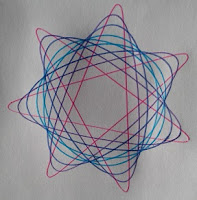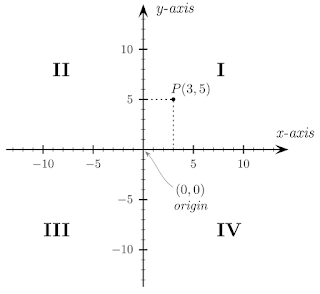My son volunteers at the
Ottawa Valley Wild Bird Care Centre. They look after injured and sick birds that are brought in by the public. The goal is to rehabilitate the birds and release them back into the wild.
Here is a great example of real math in real life:
A colleague of his had to give a bird some medicine. She knew the dosage required per kg of bird mass, the mass of the bird, and the size (in mg of medicine) of the tablet she was going to use.
The dosage was
20 mg per kg body mass.
The bird's mass was
361 g.
The tablet contained
50 mg of the medicine.
What fraction of the tablet is required for this bird?
There is always more than one way to solve a math problem. We can look at two options here.
Option 1: Using Unit Conversion
One nice way to work with problems like this that use different units, is to use the units to help you figure out when to multiply and when to divide. Or better yet, set it all up as multiplication. Remember that we can "cross out" numbers that appear on the top and the bottom of our multiplication equation; we can do the same with units. This is also a good way to convert from one set of units to another. For example, if we want to convert 15 km/hr to m/s (metres per second), here's what we can do:
So, coming back from that minor diversion, we can do the same for the sick bird. We need to know what fraction of a tablet he needs to be given. Note that is body mass is in grams, so we need to convert that to kg.
Here is the calculation:
Now, I come from a family of 5 children and 2 parents, so we grew up trying to divide pies and other goodies into 7 pieces; and I learned something from that - 1/7 is a difficult fraction to work with in practice and pies! In the bird care case, settling for 1/8 or 1/6 of a tablet might be a reasonable solution. Not so for pieces of pie!
Option 2: Using Equivalent Ratios
Using equivalent ratios is also great way to solve many problems. The idea is that we can pair up things that are equivalent and set them equal to each other. Not so far off from the method above, but it breaks up the work into smaller steps, and since all our brains work differently, what makes it easy for us might be different from one person to the next.
For our quick diversion to understand equivalent ratios, let's look at a pancake batter recipe that requires 2 eggs and 3 cups of flour. We want to make as much pancake batter for our hungry guests as we can, and we have 5 eggs. We can set up a ratio of requirements for the big recipe to those of the regular recipe
Rearranging, and crossing out the "unit", "eggs" we get:
So for our bird awaiting his medicine, first we need to convert his mass to kg to match the dosage requirement which is in mg per kg body mass.
Then we need to use the ratio of mg of medicine to kg of body mass to calculate how many mg of medicine he needs.
Next we use the ratio of mg of medicine in each tablet to calculate what fraction of a tablet the bird needs.
Same answer as in the first style of calculation! That's a good thing. Multiple ways of solving problems should always give the same answer if we do it correctly. And in fact solving a problem a second way is an
excellent way to check that we haven't made a mistake.
I hope the birds at the Wild Bird Care Centre appreciate all the math that goes into their care!
















